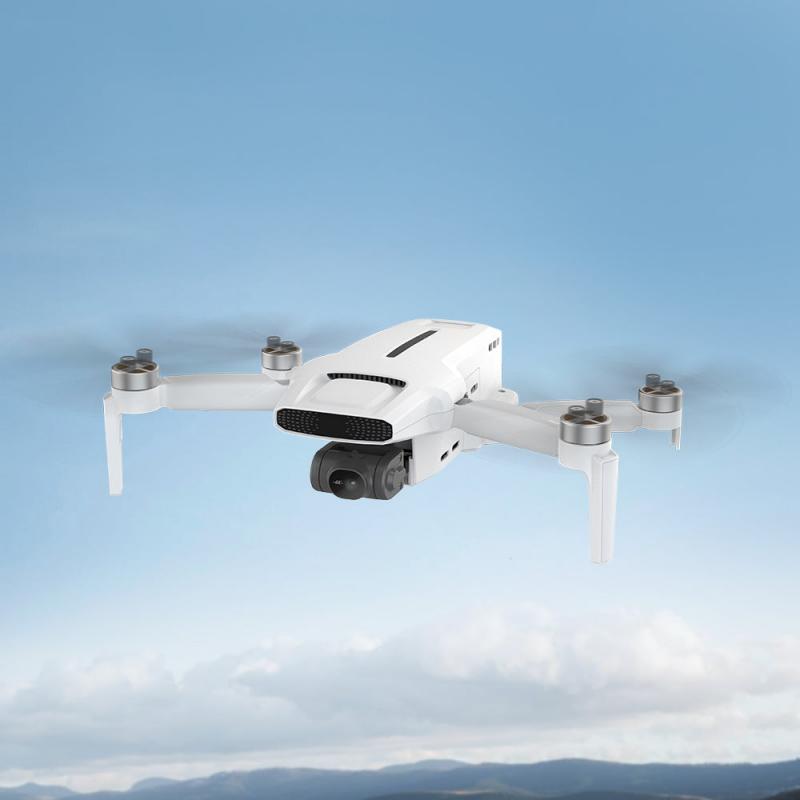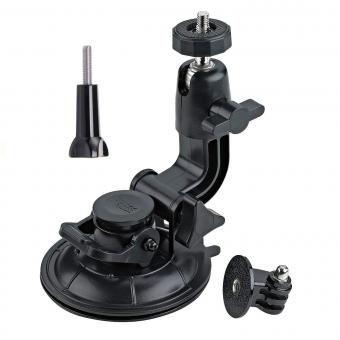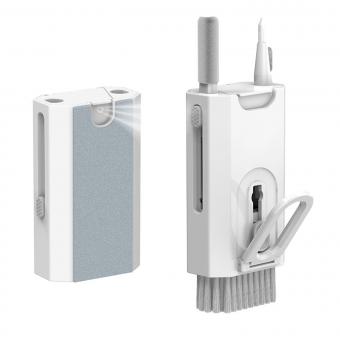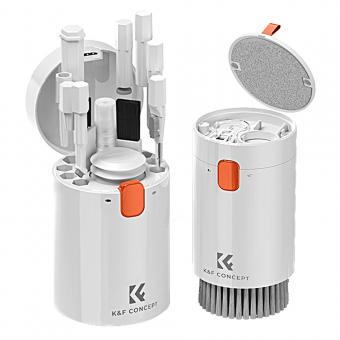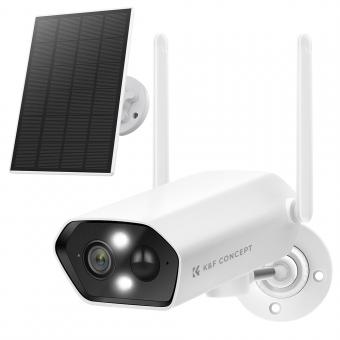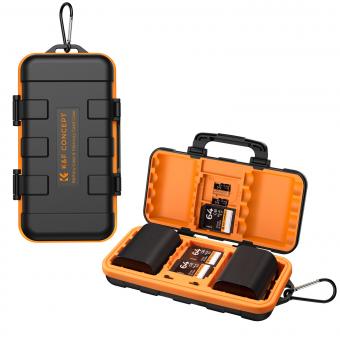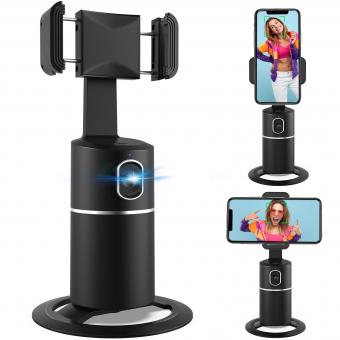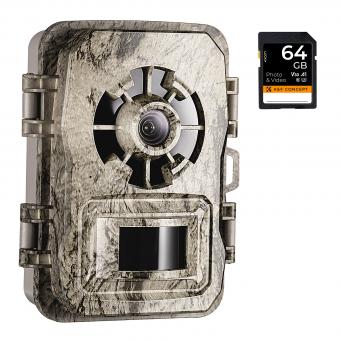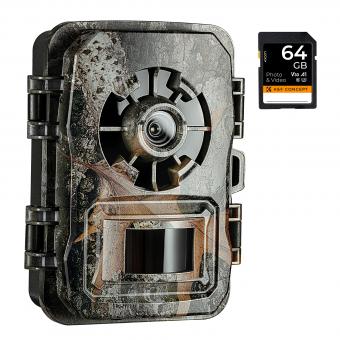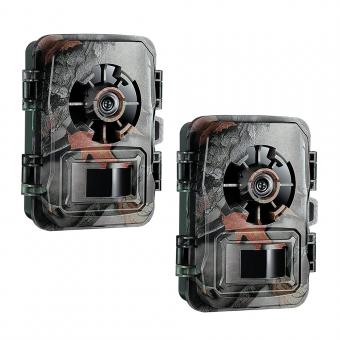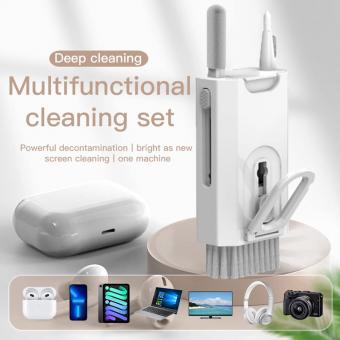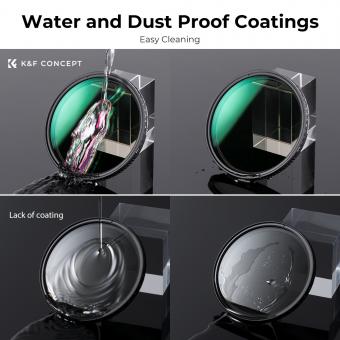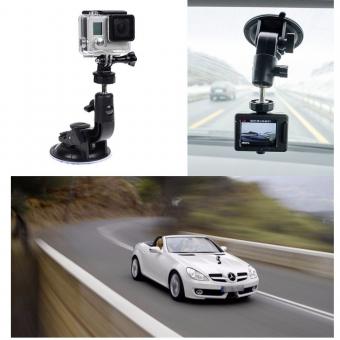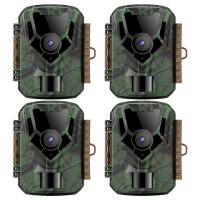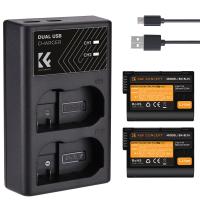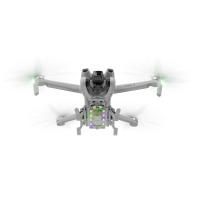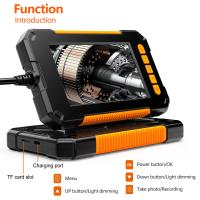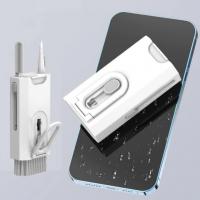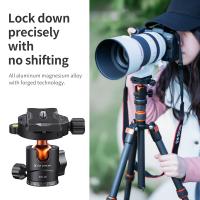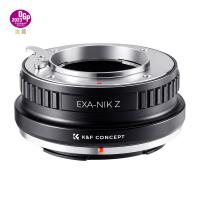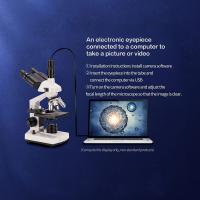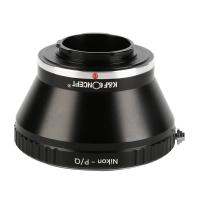How To Clean Battery Acid In Camera ?
To clean battery acid in a camera, start by removing the batteries and any other power source. Use gloves and protective eyewear to avoid direct contact with the acid. Carefully wipe away any visible acid or residue using a cloth or paper towel. Avoid spreading the acid further. Next, mix a solution of equal parts water and baking soda to create a paste. Apply the paste to a clean cloth and gently scrub the affected areas of the camera. Be cautious not to let the paste enter any openings or crevices. Once the acid is removed, wipe the camera with a damp cloth to remove any remaining residue. Allow the camera to dry completely before inserting new batteries or powering it on. If the acid has caused significant damage or corrosion, it is recommended to seek professional assistance or contact the camera manufacturer for further guidance.
1、 Safety precautions for handling battery acid in cameras
Safety precautions for handling battery acid in cameras:
1. Wear protective gear: Before attempting to clean battery acid in a camera, it is crucial to protect yourself. Wear gloves, safety goggles, and a face mask to prevent any contact with the acid and to avoid inhaling any fumes.
2. Remove the battery: Ensure that the camera is turned off and remove the battery immediately. This will prevent any further damage to the camera and reduce the risk of electrical shock.
3. Ventilate the area: Open windows or work in a well-ventilated area to allow fresh air to circulate. Battery acid can release toxic fumes, so it is important to minimize exposure.
4. Neutralize the acid: Use a neutralizing agent, such as baking soda or a commercial acid neutralizer, to neutralize the battery acid. Sprinkle the neutralizer onto the affected area and gently rub it in with a cloth or sponge. This will help to neutralize the acid and prevent further corrosion.
5. Clean the camera: Once the acid has been neutralized, use a damp cloth or sponge to clean the affected area. Be gentle and avoid scrubbing too hard, as this could cause further damage to the camera.
6. Dispose of the acid safely: Transfer the neutralized acid and any contaminated materials into a sealed container. Contact your local waste management facility for guidance on how to dispose of the acid safely and responsibly.
It is important to note that battery acid can cause serious harm if not handled properly. If you are unsure about how to clean battery acid in a camera or if the damage is extensive, it is recommended to seek professional assistance or contact the camera manufacturer for guidance.

2、 Removing battery acid residue from camera components
Removing battery acid residue from camera components is a delicate process that requires caution and attention to detail. Battery acid can cause corrosion and damage to the internal components of a camera if not properly cleaned. Here is a step-by-step guide on how to clean battery acid in a camera:
1. Safety first: Before starting the cleaning process, ensure that you are wearing protective gloves and safety goggles to prevent any contact with the acid.
2. Remove the battery: Take out the battery from the camera and dispose of it properly. Do not attempt to use the battery again as it may leak acid and cause further damage.
3. Clean the exterior: Use a soft cloth or sponge dampened with a mixture of water and baking soda to gently wipe away any visible acid residue on the camera's exterior. Avoid getting any liquid inside the camera.
4. Disassemble the camera: If possible, disassemble the camera to access the internal components. Refer to the camera's user manual or seek professional assistance if you are unsure about the disassembly process.
5. Clean the affected areas: Using a cotton swab or a soft brush, carefully clean the areas affected by the battery acid. Dip the swab or brush in a mixture of water and baking soda or a specialized electronic cleaning solution. Gently scrub the affected areas to remove any acid residue.
6. Rinse and dry: After cleaning, rinse the camera components with distilled water to remove any cleaning solution residue. Pat dry with a clean, lint-free cloth or allow the components to air dry completely before reassembling the camera.
7. Reassemble and test: Once the camera components are dry, reassemble the camera and insert a new battery. Test the camera to ensure that it is functioning properly.
It is important to note that if the battery acid has caused significant damage to the camera, it may be necessary to seek professional repair services or consider replacing the camera altogether.
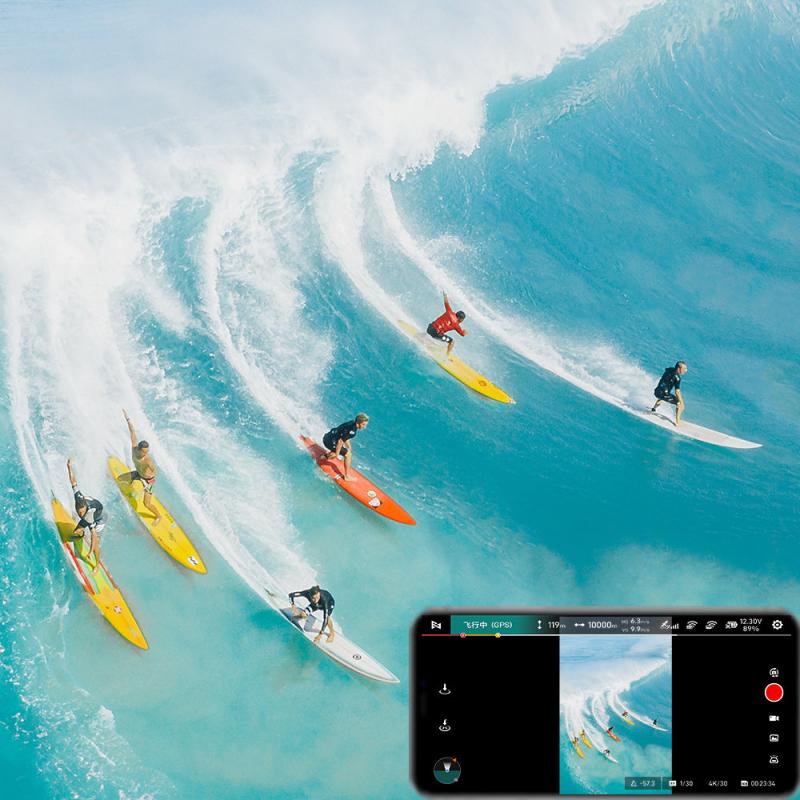
3、 Cleaning camera contacts affected by battery acid corrosion
Cleaning camera contacts affected by battery acid corrosion is a delicate process that requires caution and attention to detail. Battery acid corrosion can cause damage to the camera's electrical connections, leading to malfunctioning or even permanent damage if not addressed promptly. Here's a step-by-step guide on how to clean battery acid in a camera:
1. Safety first: Before starting the cleaning process, ensure that you are wearing protective gloves and eyewear to prevent any contact with the corrosive acid.
2. Remove the battery: Take out the camera's battery and any other removable parts, such as memory cards or lenses, to avoid further damage.
3. Assess the damage: Inspect the affected areas for any visible signs of corrosion. Battery acid corrosion often appears as a white or greenish substance on the metal contacts.
4. Prepare a cleaning solution: Mix a small amount of baking soda with distilled water to create a paste-like consistency. Baking soda is known for its neutralizing properties and can help remove the acid residue.
5. Apply the cleaning solution: Using a cotton swab or a soft cloth, gently apply the baking soda paste to the corroded contacts. Be careful not to apply excessive pressure, as it may cause further damage.
6. Clean the contacts: Gently scrub the contacts in a circular motion until the corrosion is removed. If necessary, repeat the process until the contacts are clean.
7. Rinse and dry: Once the corrosion is removed, rinse the contacts with distilled water to remove any remaining residue. Ensure that the contacts are completely dry before reassembling the camera.
8. Prevent future corrosion: To prevent future battery acid corrosion, consider using rechargeable batteries or investing in high-quality batteries that are less prone to leakage. Additionally, store your camera in a cool and dry environment to minimize the risk of corrosion.
It is important to note that severe corrosion may require professional assistance. If you are unsure or uncomfortable with cleaning the contacts yourself, it is recommended to seek help from a camera repair specialist.
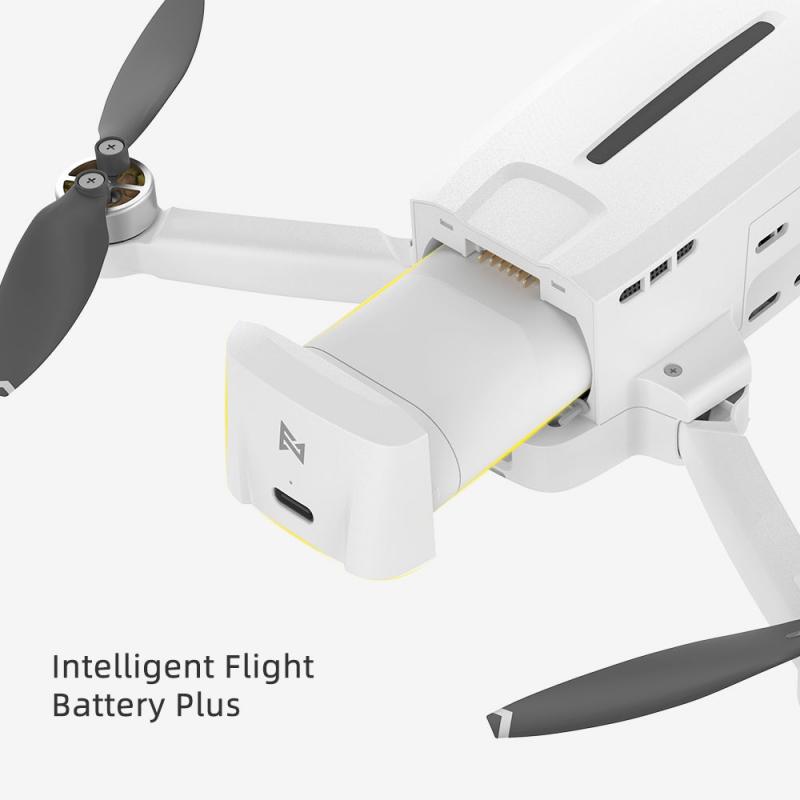
4、 Proper disposal of battery acid and contaminated camera parts
Proper disposal of battery acid and contaminated camera parts is crucial to ensure safety and prevent environmental damage. Here's a step-by-step guide on how to clean battery acid in a camera and dispose of the hazardous materials responsibly:
1. Safety first: Put on protective gloves, safety goggles, and a face mask to avoid direct contact with the battery acid and any potential fumes.
2. Remove the battery: Carefully remove the battery from the camera, ensuring not to touch any acid that may have leaked.
3. Isolate the affected area: If the battery acid has spilled onto other parts of the camera, separate them from the unaffected areas to prevent further damage.
4. Neutralize the acid: Use a mixture of baking soda and water to neutralize the battery acid. Create a paste-like consistency and apply it to the affected areas. Gently scrub the acid stains with a soft brush or cloth.
5. Rinse with water: Thoroughly rinse the camera parts with clean water to remove any remaining acid or baking soda residue. Be cautious not to expose any electronic components to excessive moisture.
6. Dry the camera: Allow the camera and its parts to air dry completely before reassembling. Avoid using heat sources like hair dryers, as they may damage sensitive components.
Proper disposal of battery acid and contaminated camera parts:
1. Contact your local waste management facility or recycling center to inquire about their guidelines for disposing of hazardous materials. They may have specific instructions or designated drop-off points for battery acid and electronic waste.
2. If permitted, transfer the neutralized battery acid into a leak-proof container, such as a plastic bottle with a secure lid. Label the container clearly as "Battery Acid" and store it in a safe place away from children and pets.
3. Dispose of the container following the instructions provided by your local waste management facility. They may require you to bring it to a designated collection point or schedule a pickup.
Remember, it is essential to stay updated with the latest guidelines and regulations regarding the disposal of hazardous materials. Local regulations may vary, so always consult with your local authorities for the most accurate and up-to-date information.
